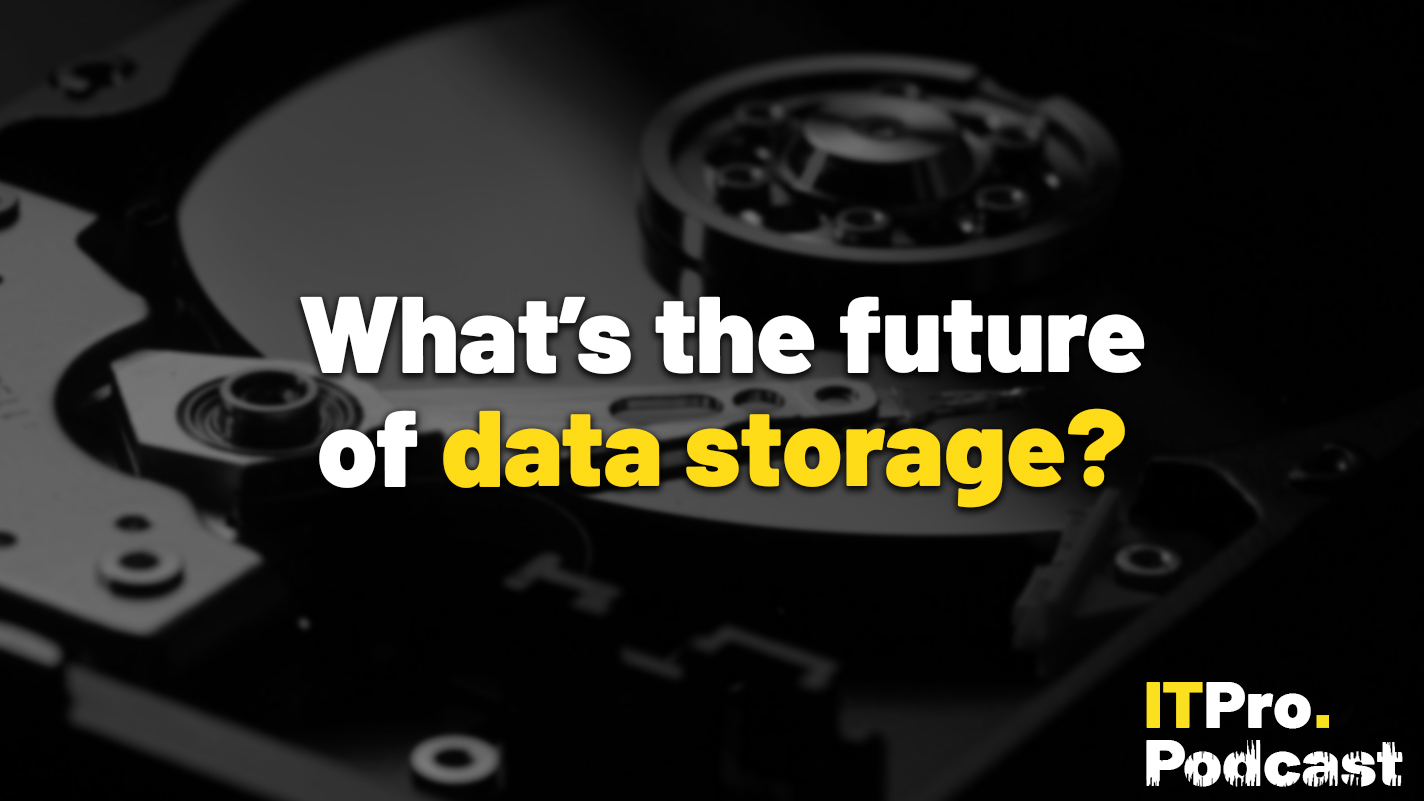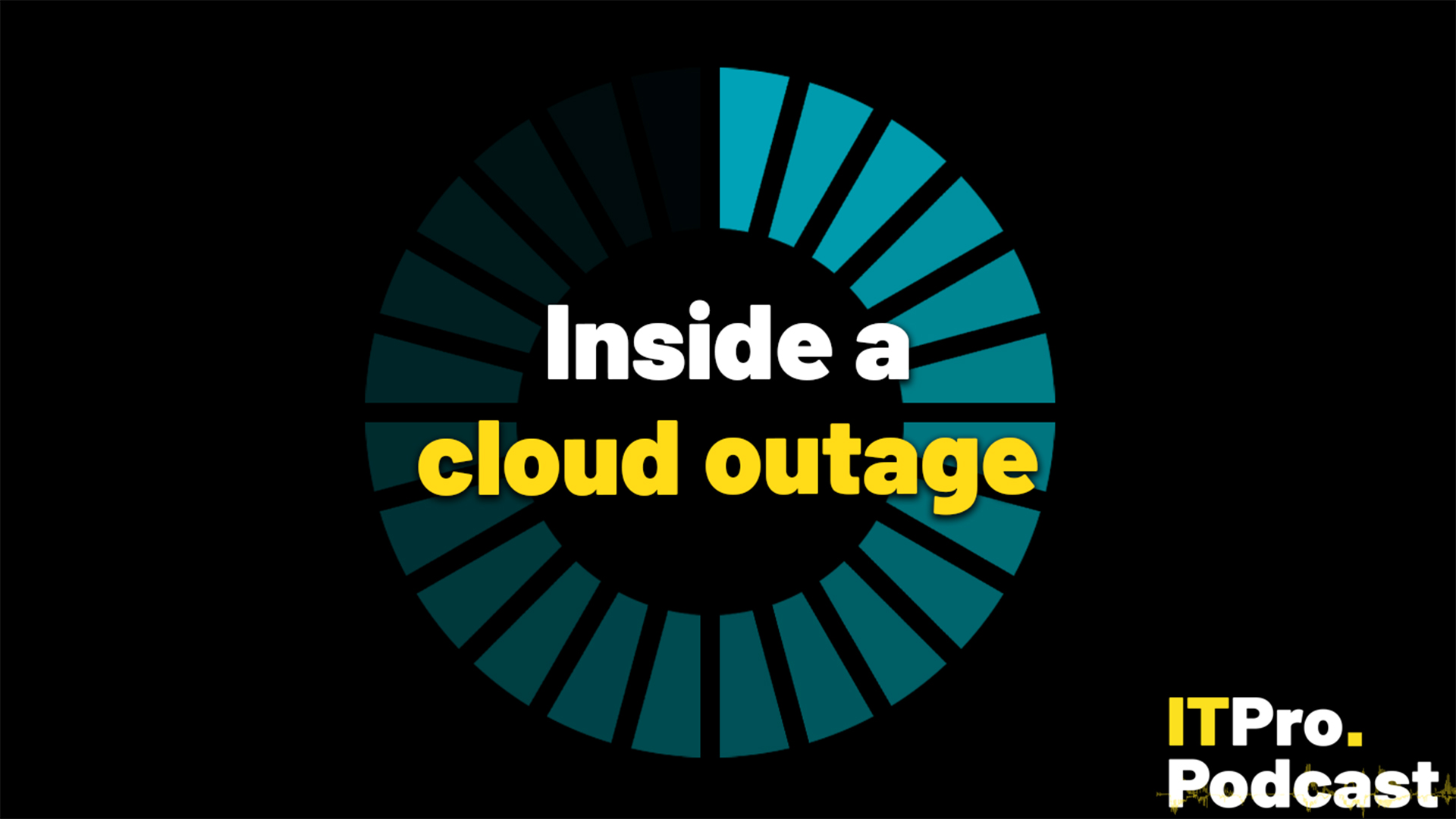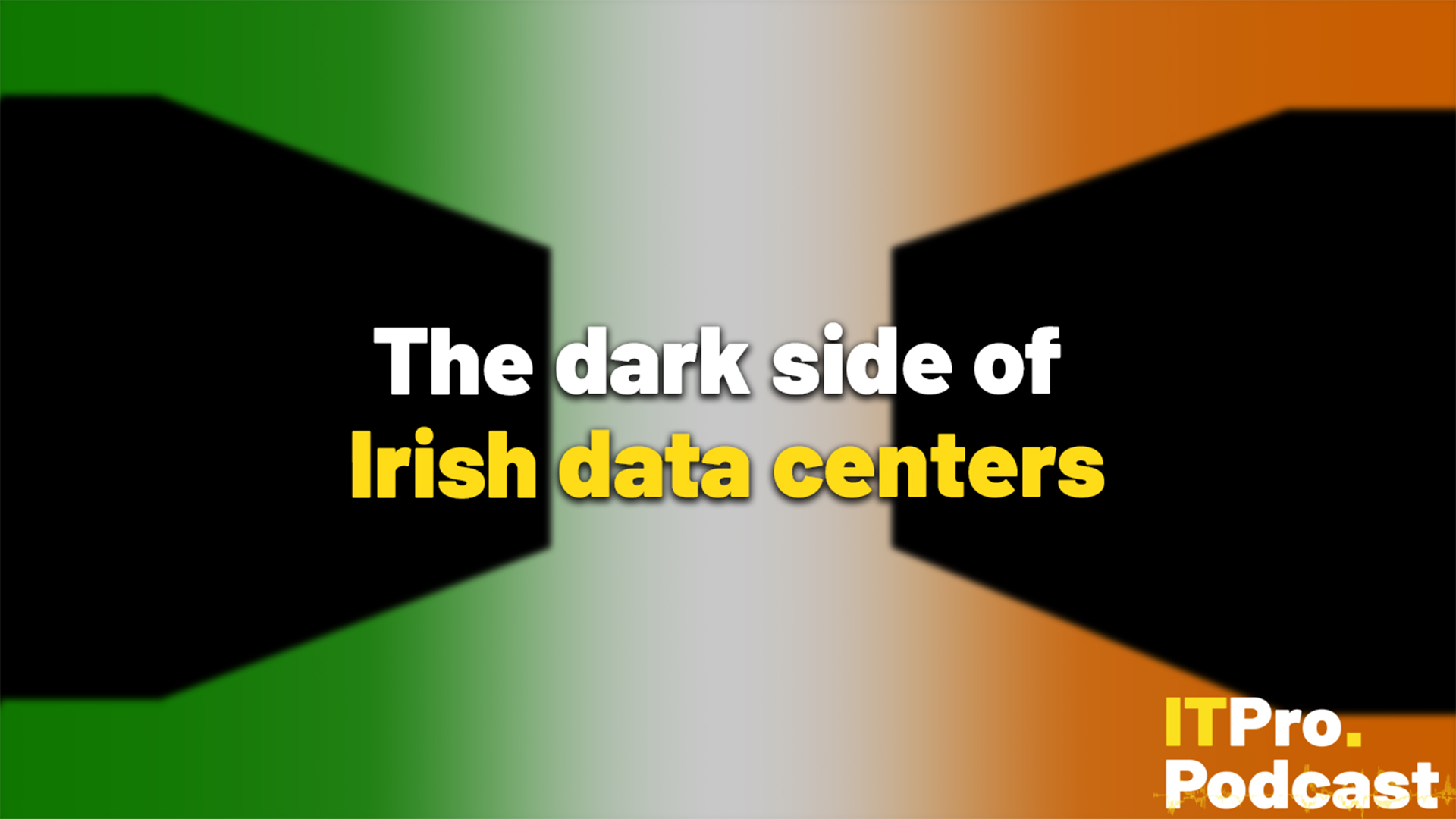What’s the future of data storage?
As the amount of data we use and create grows, firms need to shore up their storage strategies or risk of far more expensive migrations – or even data loss – down the line


As technological innovations happen, it can be easy to forget that even the most complex systems rely on large networks of basic infrastructure to operate. At the most fundamental level, all tech products rely on effective data storage
But this is easier said than done. Each byte of data has to be stored somewhere, on a rack, disk, tape, or flash device. As the world embraces hardware and software that creates data at an even faster rate, businesses will be forced to push the frontiers of data storage and evaluate their data management strategies.
In this episode, Jane and Rory speak to Tom Coughlin, president and CEO of the IEEE, to learn more about how data storage will continue to evolve and what organizations can do to keep up with innovation in the space.
Highlights
“[T]he growth of data is what's enabled things like machine learning to have the data to be able to train on so it's a fundamental component of making that possible. And as the data has grown, as demand has grown for processing that data, that’s put requirements on data and memory, especially on memory’s side where you're processing the data. You need a lot of it and it needs to be fast.”
“I suspect that the end result is going to be what it has been developing into, which is that if you've got your memory you’re using for immediate processing SSDs will be the primary storage for stuff that you need quickly, because there's high read performance, but it wears out over time and it and it's more expensive. That's the big issue.”
RELATED WHITEPAPER

“One thing it’s kind of interesting to keep in perspective is most of 2022 [and] most of 2023 was a real slump in the storage and memory market. And a lot of it had to do with recovery from COVID. During COVID, there were a lot of supply chain issues and a lot of data centers and enterprise storage companies basically bought a lot of stuff. It took them a while to consume that, so even though the requirements for data are growing it was basically not until the end of 2023 that we started to see recovery in the prices and these products.”
Footnotes
- Best SSDs 2023: The top NVMe and SATA drives around
- 10 things to consider when buying an external hard disk-based storage device
- What is machine learning and why is it important?
- What is generative artificial intelligence (AI)?
- Who owns the data used to train AI?
- How to choose the right storage medium for your organization’s backup strategy
- Three keys to successful data management
- Structured vs unstructured data management
- 5 things to consider when selecting your next online storage provider
- How close is glass data storage to scaled enterprise use?
Subscribe
- Subscribe to The IT Pro Podcast on Apple Podcasts
- Subscribe to The IT Pro Podcast on Spotify
- Subscribe to the IT Pro newsletter
- Join us on LinkedIn
Sign up today and you will receive a free copy of our Future Focus 2025 report - the leading guidance on AI, cybersecurity and other IT challenges as per 700+ senior executives

Rory Bathgate is Features and Multimedia Editor at ITPro, overseeing all in-depth content and case studies. He can also be found co-hosting the ITPro Podcast with Jane McCallion, swapping a keyboard for a microphone to discuss the latest learnings with thought leaders from across the tech sector.
In his free time, Rory enjoys photography, video editing, and good science fiction. After graduating from the University of Kent with a BA in English and American Literature, Rory undertook an MA in Eighteenth-Century Studies at King’s College London. He joined ITPro in 2022 as a graduate, following four years in student journalism. You can contact Rory at rory.bathgate@futurenet.com or on LinkedIn.
-
 Trump's AI executive order could leave US in a 'regulatory vacuum'
Trump's AI executive order could leave US in a 'regulatory vacuum'News Citing a "patchwork of 50 different regulatory regimes" and "ideological bias", President Trump wants rules to be set at a federal level
-
 TPUs: Google's home advantage
TPUs: Google's home advantageITPro Podcast How does TPU v7 stack up against Nvidia's latest chips – and can Google scale AI using only its own supply?
-
 TPUs: Google's home advantage
TPUs: Google's home advantageITPro Podcast How does TPU v7 stack up against Nvidia's latest chips – and can Google scale AI using only its own supply?
-
 On the ground at HPE Discover Barcelona 2025
On the ground at HPE Discover Barcelona 2025ITPro Podcast This is a pivotal time for HPE, as it heralds its Juniper Networks acquisition and strengthens ties with Nvidia and AMD
-
 Inside a cloud outage
Inside a cloud outageITPro Podcast Businesses must adopt proactive planning for cloud outages – but what does that look like?
-
 October rundown: AWS chaos and supercomputers surging
October rundown: AWS chaos and supercomputers surgingITPro Podcast As the dust settled on the AWS outage, the US Department of Energy announced a slew of new supercomputers for national security
-
 Is all-photonics the future of networking?
Is all-photonics the future of networking?ITPro Podcast Using light to transmit data rather than relying on electronic components could slash latency
-
 Future-proofing AI infrastructure
Future-proofing AI infrastructureSponsored Podcast Constructing the future of the tech sector can only be done with a strategic approach and access to the best tools
-
 Can better connectivity boost rural business?
Can better connectivity boost rural business?Podcast Rural businesses are still offered speeds far below the UK government’s gigabit target
-
 The dark side of Irish data centers
The dark side of Irish data centersITPro Podcast As Ireland grapples with data center energy demands, we ask if software developers can really benefit from virtual reality